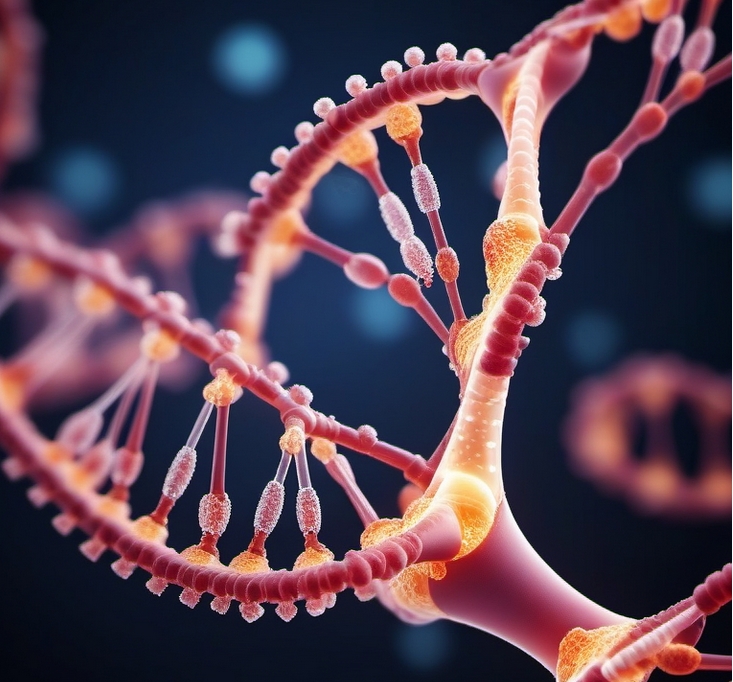Promotions
RNA Sequencing: Decoding the Transcriptome with Vital Reagents
Introduction: RNA sequencing, or RNA-seq, has become a transformative tool in genomics, allowing researchers to gain unprecedented insights into gene expression. In this blog post, we’ll guide you through the fascinating world of RNA sequencing, emphasizing the pivotal role that essential reagents and methods play in enabling researchers to accurately and efficiently decode the transcriptome.
Why RNA Sequencing is Essential RNA sequencing is crucial for understanding gene expression, providing a comprehensive and quantitative view of the transcriptome. Unlike traditional methods, RNA-seq offers a dynamic perspective on cellular processes and the interplay of genes.

The Steps in Deciphering the Transcriptome To grasp the importance of RNA sequencing, let’s break down the key steps involved in this revolutionary process:
1. Sample Preparation
- Researchers employ preparation reagents to extract RNA from biological samples. This step requires special care to preserve RNA integrity. Efficient RNA isolation is achieved using RNA extraction kits.
2. Library Construction
- The extracted RNA is converted into a sequencing library, a phase where adaptors and barcodes are added to each RNA fragment. This allows for multiplexing, a technique that enables the sequencing of multiple samples in a single run.
3. Sequencing
- During sequencing, researchers load RNA libraries onto a sequencer. High-quality reagents are crucial for ensuring accurate base-calling and minimizing sequencing errors.
4. Data Analysis
- After sequencing, bioinformatics tools and reagents are utilized for processing and interpreting the large datasets generated. Researchers rely on alignment, quantification, and differential expression analysis to derive meaningful insights from the data.
The Vital Role of Reagents To achieve success in RNA sequencing, researchers rely on a range of indispensable reagents:
- RNA Extraction Kits: These kits offer efficient RNA extraction while minimizing contamination.
- Library Preparation Reagents: They are essential for constructing high-quality sequencing libraries.
- Sequencing Reagents: These reagents are critical for accurate base-calling and data generation.
- Bioinformatics Tools: Researchers employ software and reagents for data analysis and interpretation.
Applications in Research and Medicine RNA sequencing finds applications in various fields, from uncovering disease biomarkers and aiding in drug development to understanding gene regulation during development and disease progression. The technology’s versatility and precision make it an invaluable tool for researchers.
Conclusion RNA sequencing, empowered by essential reagents and state-of-the-art techniques, unlocks the transcriptome’s secrets, advancing our understanding of gene expression and regulation. Whether you’re a researcher, clinician, or enthusiast, understanding the critical role of these reagents in the RNA-seq process is essential to harnessing the full potential of this transformative technology.

